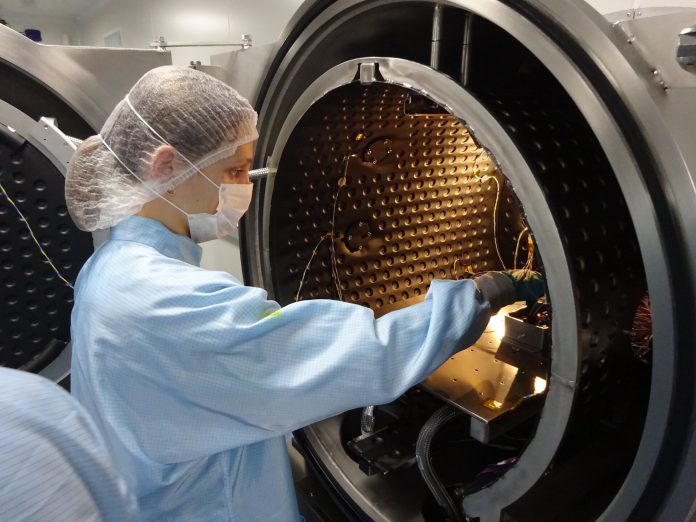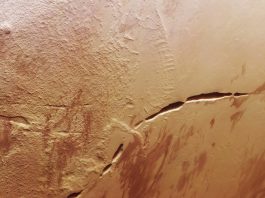ESA’s Ariane 6 mission is set to launch soon, taking with it several space missions with a unique objective and destination.
Whether launching new satellites to look back and study Earth, peer out to deep space or test important new technologies in orbit, the Ariane 6 flight will showcase the versatility and flexibility of this impressive, heavy-lift launcher.
Peregrinus is an experiment set to be fixed on the rocket developed by students at Sint-Pieterscollege in Brussels and the Institut Vallée Bailly in Belgium.
The science mission’s goal in orbit is to measure the correlation between Earth’s magnetic field and the intensity of hard X-ray and soft gamma radiation.
Measuring Earth’s magnetic field with Peregrinus
Orbiting Earth onboard Ariane 6 at an altitude of 580km, Peregrinus will provide data on the impact of solar activity on and levels of radiation in Earth’s magnetic field.
Better understanding in this area helps assess radiation risks to astronauts on the Moon or en route to Mars.
The radiation detector is a First Sensor X-100-7 encapsulated photodiode. It converts hard X and soft gamma photons into an electrical signal, and is compatible with 5V circuitry, as is the Iridium communications module that Peregrinus uses to downlink its findings.
Peregrinus will count photons in the 2-30 keV range over a one-second interval and measure the strength of Earth’s magnetic field using the 3D magnetometer on an LSM9DS1 inertial measurement unit.
The data obtained over a ten-second time interval is then transmitted to the ground through the Iridium satellite network.
“Every ten seconds, we will get a message with ten seconds worth of data in it on radiation striking our detector and Earth’s magnetic field,” explained Erik de Schrijver, Science teacher at Sint-Pieterscollege Jette and Peregrinus Project Leader.
Finding new talent in the space industry
Peregrinus is a hands-on space education project that provides students with learning opportunities on spacecraft design, space project management, spacecraft testing, and knowledge transfer.
These are the first European high school students to put a payload into orbit on a rocket.
“This opportunity to fly on Ariane 6 is one of a kind for our students,” said de Schrijver.
“We hope Peregrinus will create momentum for more ‘high flying’ and hands-on space education projects for European students at all levels.”
About Ariane 6
Ariane 6 is planned to launch in July 2024. It follows the hugely successful Ariane 5, Europe’s workhorse rocket for more than 25 years, flying 117 times between 1996 and 2023 from Europe’s Spaceport in French Guiana.
Ariane 6 has been designed for all possible futures. It can put any satellite or payload into any orbital path.
This is made possible with the new restartable Vinci engine, which will power up the Ariane 6 upper stage repeatedly, stopping and starting to insert missions into any orbit they need to be. It will save enough fuel for a final burn to deorbit and re-enter safely back through Earth’s atmosphere.
“Ariane 6 – a small step for mankind, a giant leap for us,” concluded the Peregrinus team.









